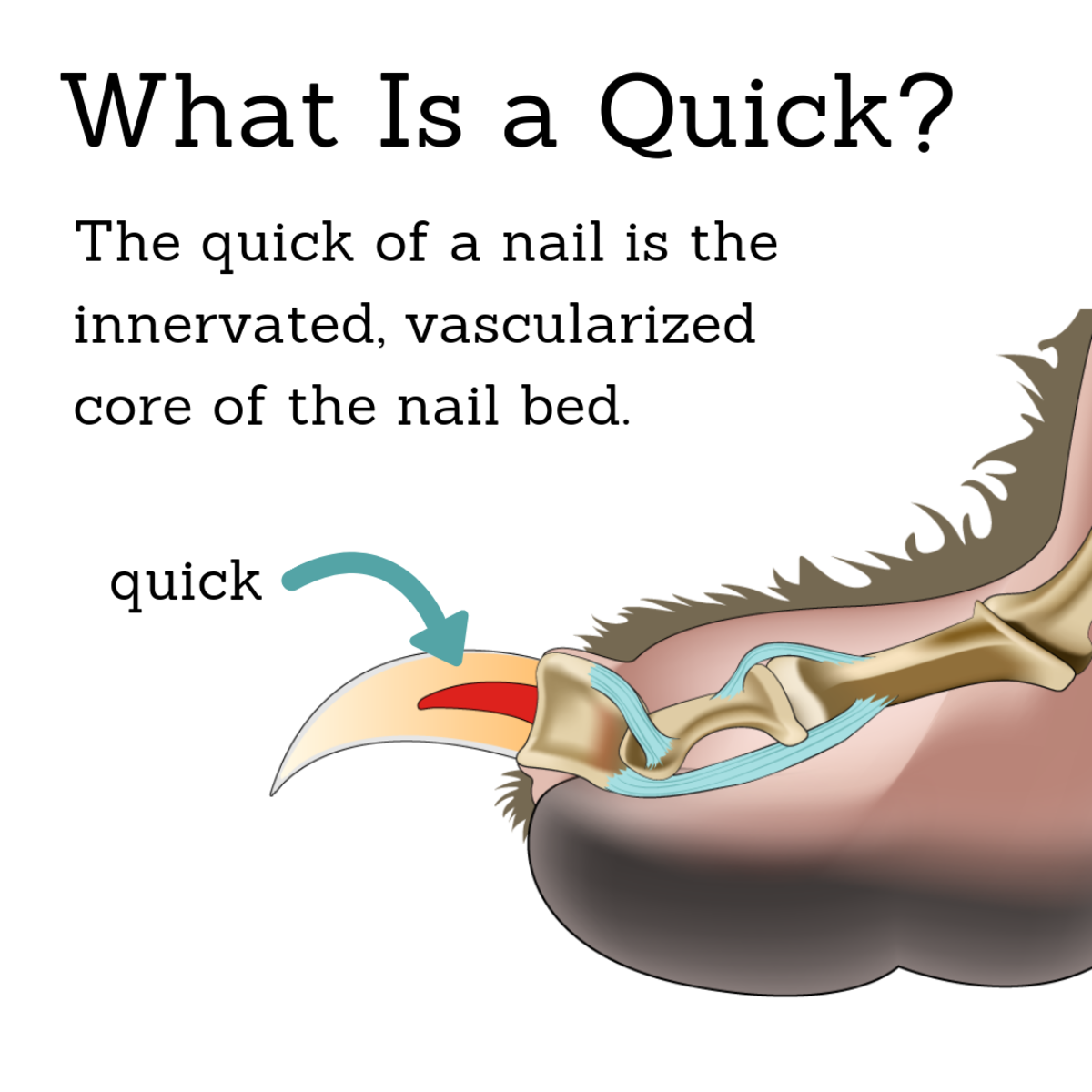The Anatomy of a Dog's Nail: A Closer Look
As pet owners, we often overlook the small details of our furry companions, such as their nails. However, understanding the anatomy of a dog's nail is crucial for maintaining their overall health and well-being. In this article, we will take a closer look at the structure and function of a dog's nail, shedding light on an often overlooked aspect of our canine friends.
1. The Nail Bed:
The nail bed is the area of the dog's paw from which the nail emerges. It consists of sensitive tissue that contains blood vessels and nerve endings. The blood vessels provide nourishment to the growing nail, while the nerve endings offer sensory perception.
2. The Quick:
The quick is a vital part of the nail, extending from the base of the nail bed into the center. It is composed of blood vessels and nerve endings. The quick is easily visible in light-colored nails, appearing as a pinkish area. In darker nails, it may be harder to identify. Trimming a dog's nails too short can cause the quick to be cut, resulting in bleeding and discomfort for the dog.
3. The Nail Plate:
The nail plate is the hard, protective covering that we commonly refer to as the nail. It is made of keratin, a tough protein. The shape and thickness of the nail plate may vary depending on the breed and individual dog. Regular nail trimming is essential to prevent overgrowth, splitting, and discomfort for your furry friend.
4. Dewclaws:
Dewclaws are often found on the inner side of a dog's paw, higher up than the other nails. While not present in all dog breeds, they can occur on the front and/or hind legs. Dewclaws are analogous to our thumbs and may or may not touch the ground when the dog walks. It's important to regularly check and maintain dewclaws, as they can become overgrown and prone to snagging or tearing if neglected.
5. Wear Patterns:
The way a dog walks and its physical activities influence the wear patterns on its nails. Proper wear is important to maintain balance and prevent discomfort. Long nails can cause joint and posture problems, as well as pain during movement. Regular walks on hard surfaces, such as asphalt or concrete, can help naturally wear down the nails. However, for dogs with limited outdoor exposure, regular nail trimming is crucial.
Understanding the anatomy of a dog's nail is vital for responsible pet ownership. Regular nail maintenance not only prevents discomfort and potential injuries but also contributes to a healthy gait and overall well-being. Remember to trim your dog's nails appropriately, avoiding cutting the quick, and seek professional help if you're uncertain or uncomfortable with the process. By taking care of their nails, we ensure our furry companions remain happy, active, and ready for the adventures that await them.

